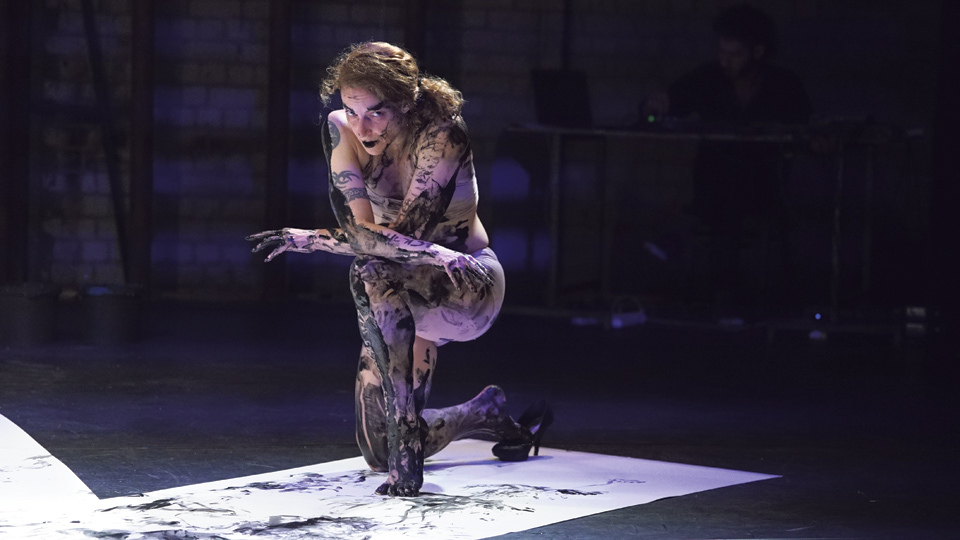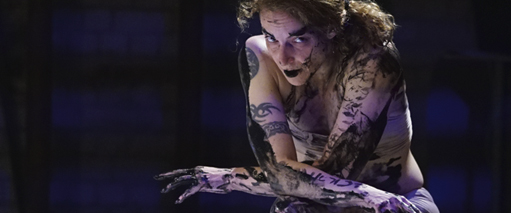Culture Shock: The Collectors Of Movement
Keshet Celebrates Dance's Power And Diversity At New Festival


Gadi Dagon
Latest Article|September 3, 2020|Free
::Making Grown Men Cry Since 1992


Gadi Dagon


